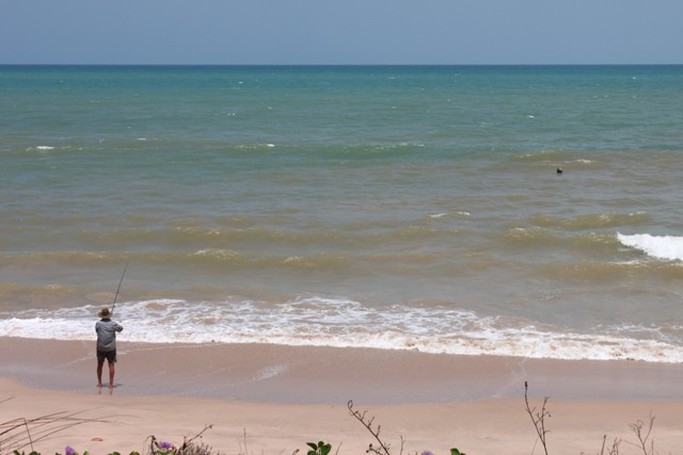
ABOVE: Tony fishes on the beach early in the morning as a buoy washes up to the north. The other one landed on the beach to his left.
Conjecture comes easy when you camp out in the sticks, especially if you are alone. People probably going about innocent business can take on a sinister tinge, as they did for us on Cape Leveque.
Foreign backpackers talk warily about scenes from Wolf Creek, the horror movie set in the outback. I have never watched it but I think every European mother must hire it out for sons and daughters planning a roam around the vast empty spaces of the Lucky Country. They all seem to know about Wolf Creek the movie and usually go to the big crater at the top of the Tanami just so they can say they have been there.
Johann the young Dutch traveller with an attractive French scuba instructor in tow stopped for a chat at a rest area south of Broome. As we waved away flies he told us of feeling twinges of alarm early one morning at seeing a group of children being shepherded from one vehicle into another in a remote spot. One was crying and didn’t want to go. Child smugglers? Later that day the children returned and switched cars again at what they deduced, with some relief, to be a rural school car pool spot.
We told him of our curious experience when camped alone north of Broome at Quandong. As Isabel perched on the red cliff we had a pretty beach to ourselves and our own Indian Ocean sunsets. Cable Beach eat your heart out.
Cape Leveque is starkly stunning: red roads and cliffs, green scrub, white sand and turquoise water. The ocean coughed up a mangrove jack and, one morning, a large floating net buoy. As it floated north past some rocks to probably come ashore on the high tide we spotted another one on the beach to the south.
That night a worn white ute turned up at dusk and made its way down the little track to our beach. The driver hopped out and flashed a torch around the beach, up and down and around the cliff base. As we peered over, the flashlight picked up Tony.
“Doing a bit of fishing mate?” he asked. Replied The Searcher: “Nah, just looking around.”
We retired to our sundowners and watched curiously. The ute ploughed back out, bogged itself for a few minutes, headed south down the track and returned. It headed north, where we could see the flashlight on a nearby beach. It returned to our beach, driving as far south as possible with the flashlight searching. That was where the buoy had landed on the sand.
Over another sundowner we speculated that the buoys contained drugs and transmitters and had been carefully cast into the high tides to come ashore here. The Searcher would have found the one that came ashore on the sand and was probably still looking for the one that floated further north. Maybe they had tracking devices but it was odd The Searcher was looking at the base of the cliffs, not just the high water mark.
We wondered if the buoys were from a pearl farm and needed recovering. After all, The Searcher had gumboots. Maybe someone had stuffed stolen pearls into them and the buoys held millions of dollars worth of gems.
The Searcher continued busily driving and flashing, intently “just looking around” until the wee hours. Next morning we had to revise our conjecture. The buoy was still there.
Maybe then The Searcher had been seeking a lost partner who had set out to walk along the side roads and beaches of the western Cape Leveque stretch. Then why had he not asked us if we had seen her?
Maybe they had had a row and she had shot through, probably sulking and hiding at the base of the cliffs. He might have been too embarrassed to say he was looking for his woman. Maybe he had beaten her up. Maybe she was a foreigner held in semi-slavery conditions. Maybe …. Oh hell, the poor bugger might have just been looking for some illegal immigrants he was supposed to pick up.
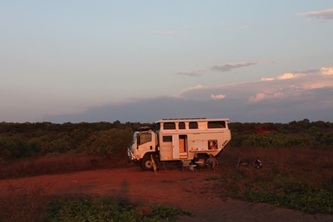
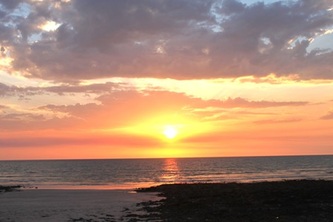

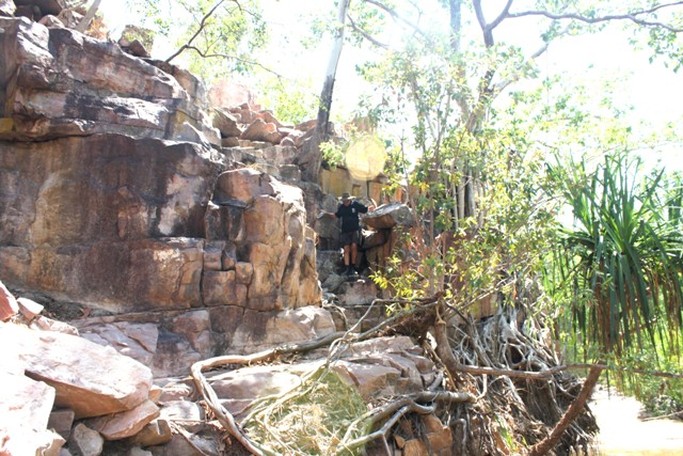
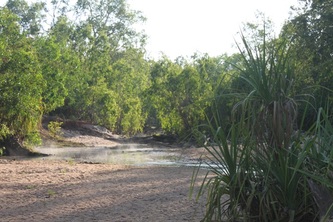
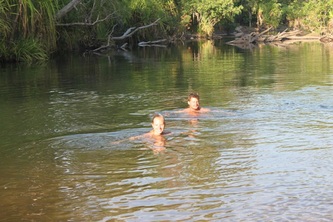
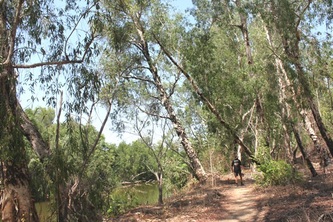
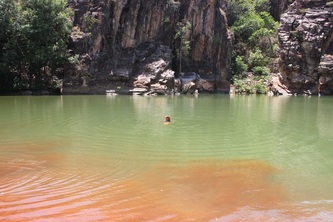
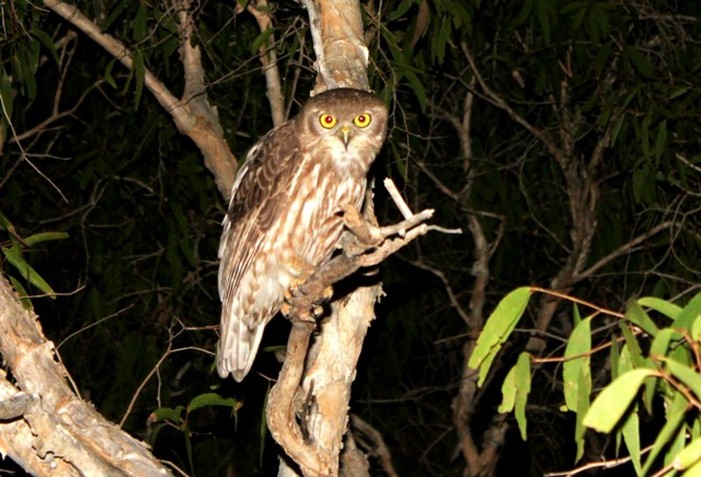

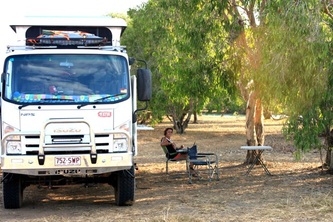
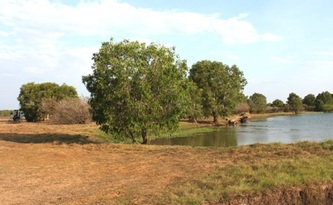
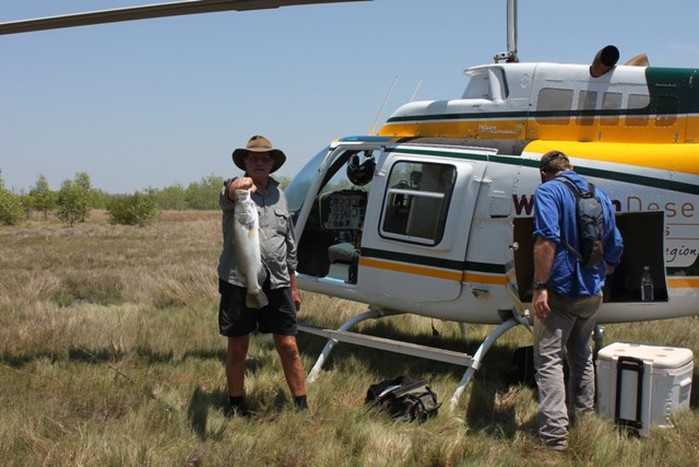

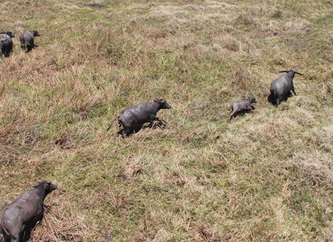
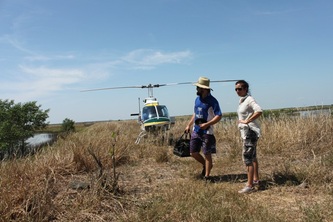
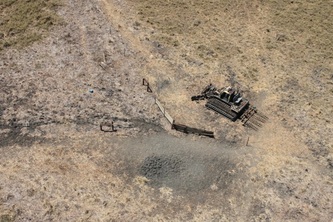
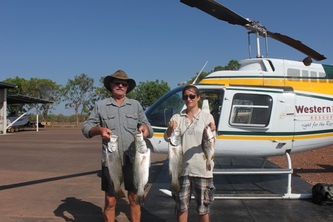
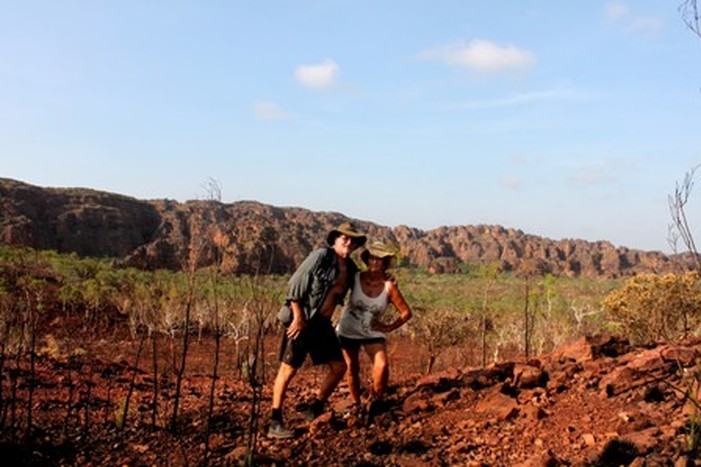
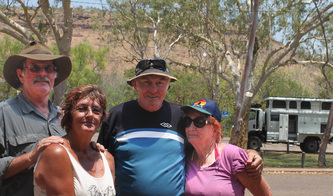

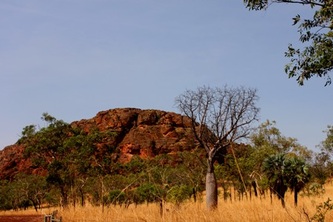
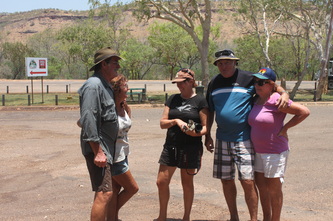
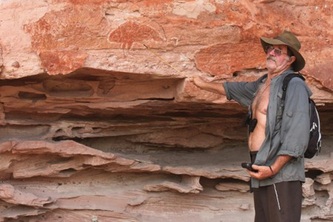

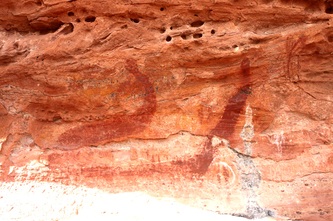
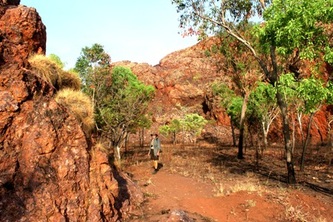
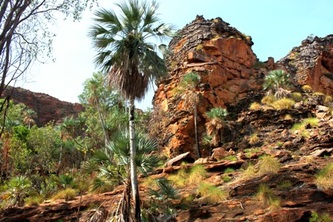
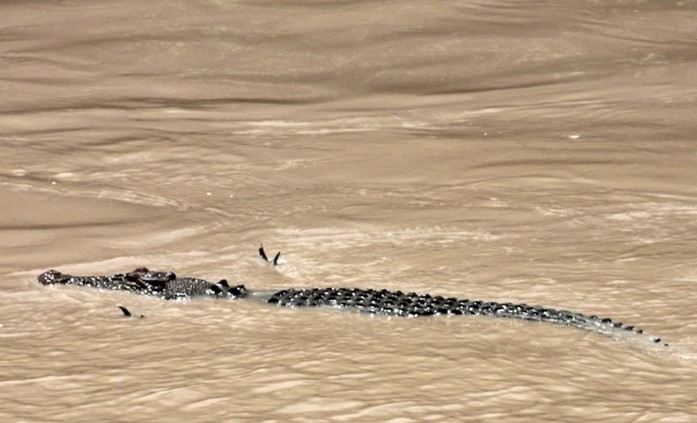
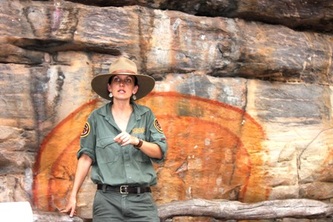
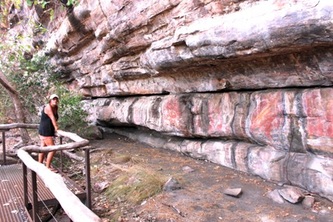
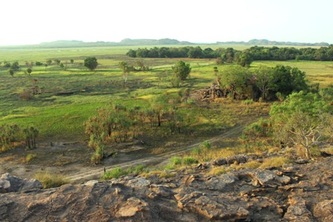
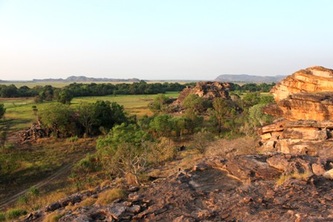
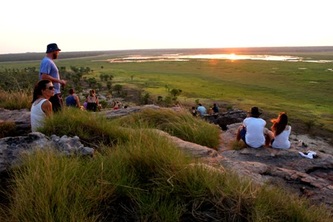
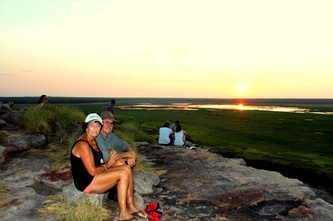
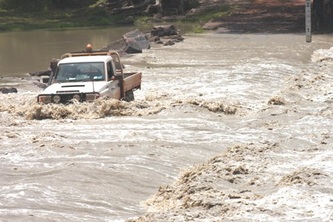
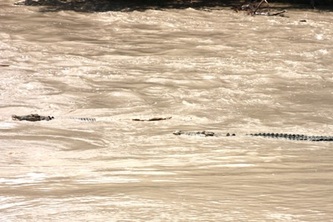
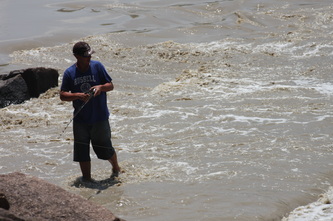
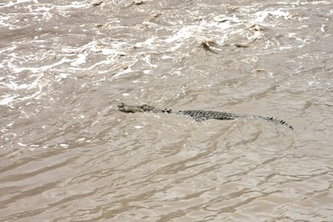

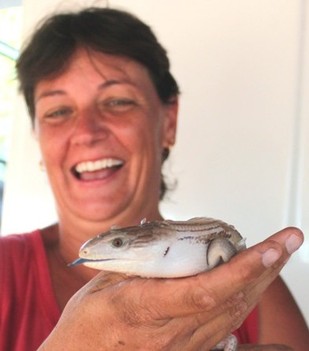
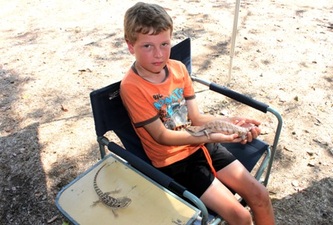

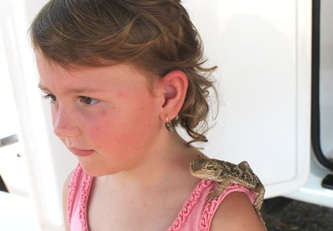
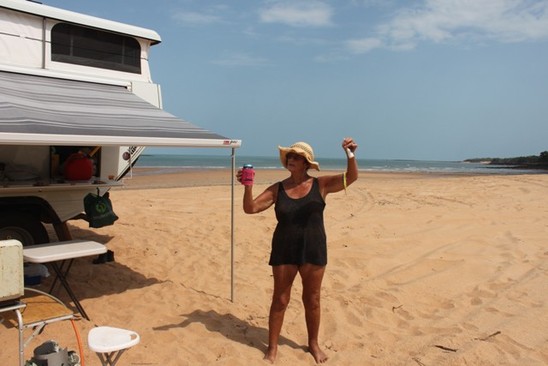
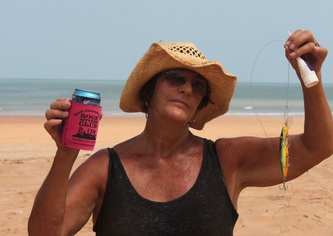
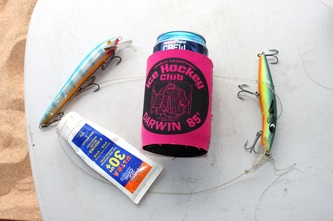

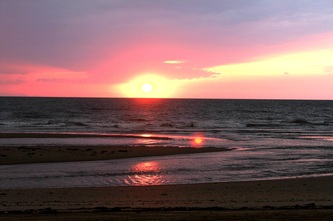
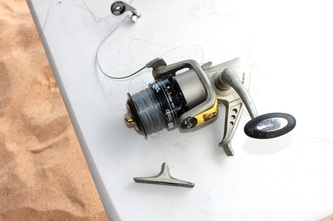
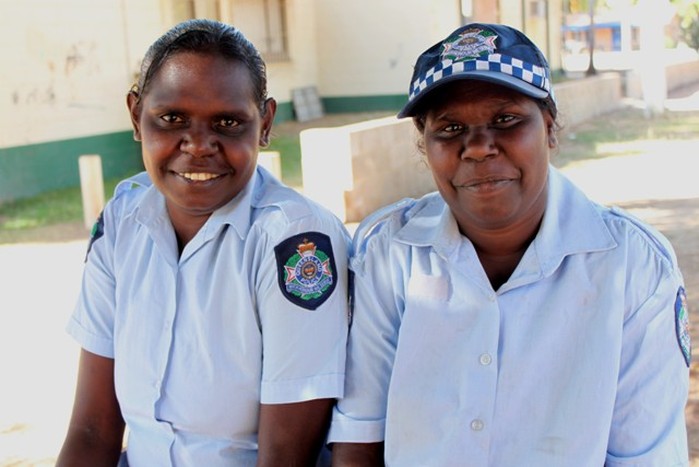
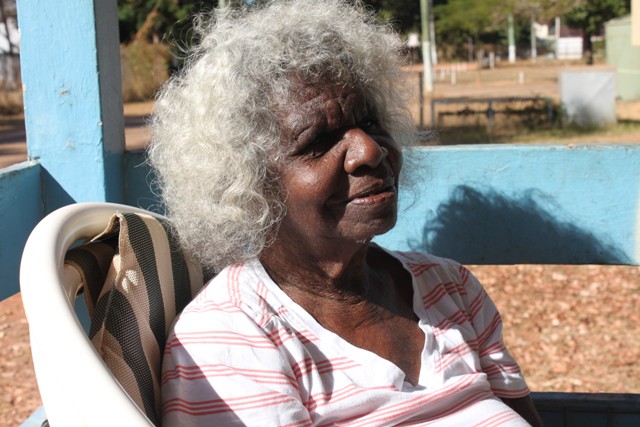
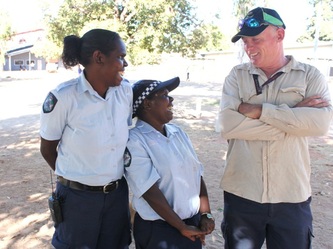
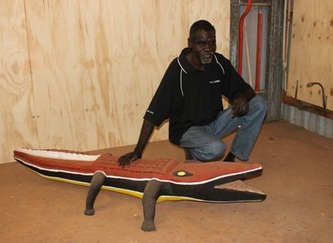
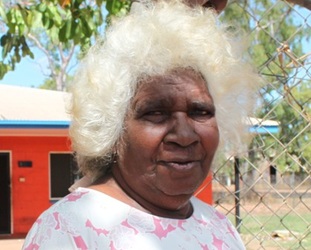

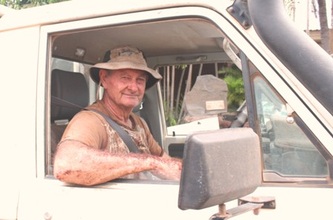
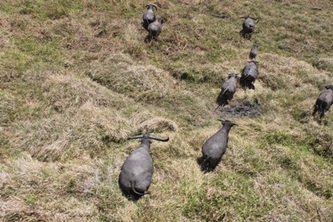
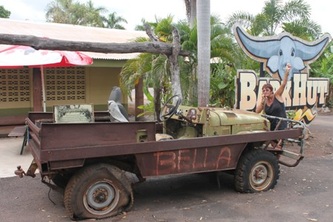
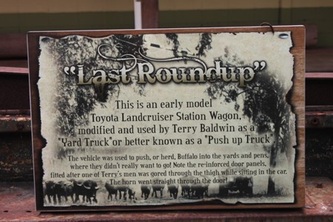
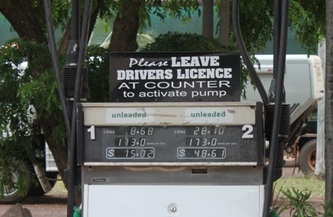
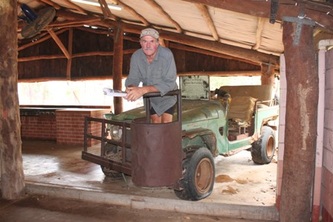
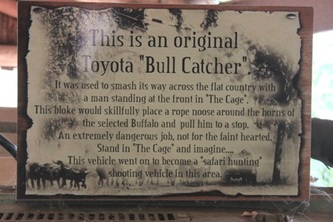
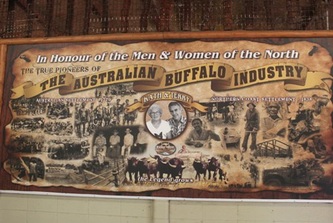
 RSS Feed
RSS Feed
